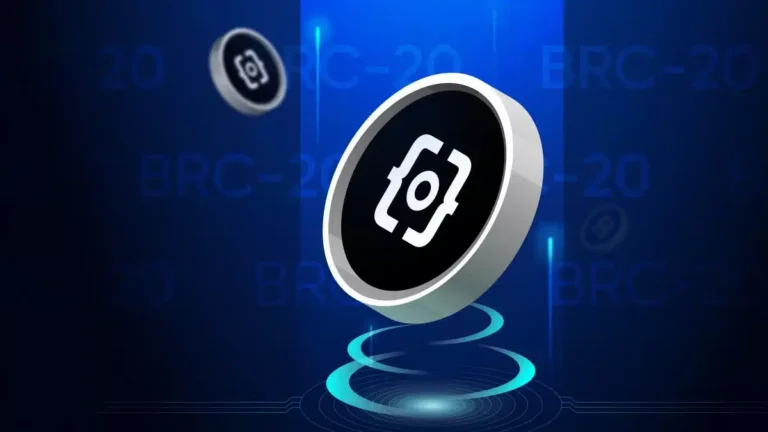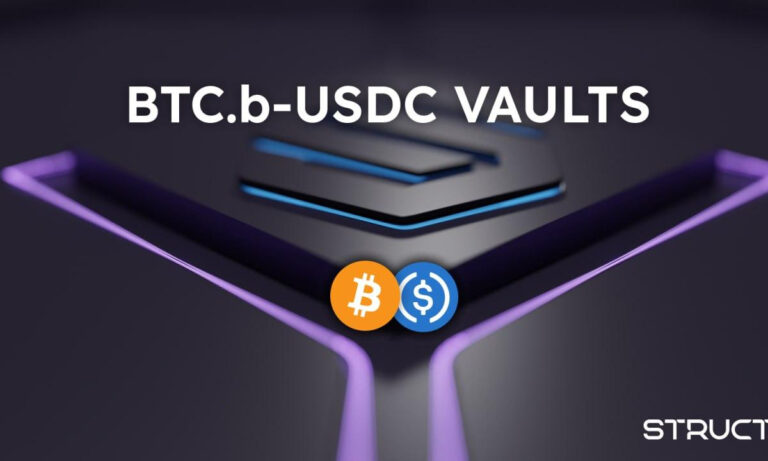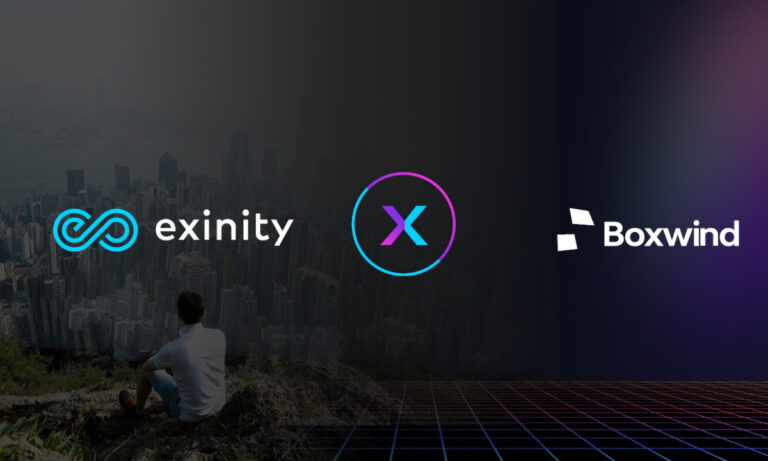Bitcoin’s Market Pulse Indicated by RHODL Ratio: Fresh Investors Fuel Recovery

- Bitcoin recently experienced a price surge from below $25,000 to $27,435, driven by a $1 billion increase in futures market open interest.
- Glassnode uses the Realized HODL Ratio (RHODL) to assess the market’s temperature, suggesting a wave of fresh investors in 2023.
Bitcoin’s recent price performance has been marked by unexpected surges, particularly after a dip to below $25,000 on September 11th. Within a matter of days, the cryptocurrency rallied to reach $27,435, representing a noteworthy 10% jump. This price surge was primarily driven by activity in the futures market, which saw a remarkable $1 billion increase in open interest. However, the excitement was somewhat tempered when Bitcoin retraced to just below the $27,000 mark.
Analyzing Market Sentiment with the RHODL Ratio
To gauge the market’s current temperature, Glassnode, a leading blockchain analytics firm, employs the Realized HODL Ratio (RHODL). This metric provides insights by contrasting recently moved coins (held for less than a week) with those held by long-standing HODLers (1-2 years). Intriguingly, the RHODL Ratio for 2023 closely aligns with the 2-year median, suggesting the presence of a new wave of investors. However, the intensity of this surge appears somewhat subdued.
Glassnode’s Accumulation Trend Score highlights a significant trend in the current market recovery. It is influenced by investors increasingly entering the market as the Bitcoin price surpasses $30,000. This behavior diverges from 2022 when new entrants demonstrated resilience by buying Bitcoin at more affordable prices.
Data related to Short-Term Holders (STH) paints a somewhat concerning picture. A substantial 97.5% of the assets held by these recent investors are currently at a loss, reminiscent of a situation seen with FTX. Glassnode’s STH-MVRV and STH-SOPR tools, assessing unrealized and realized gains or losses, reveal the financial pressures faced by these newcomers.
Sentiment Oscillation: From Panic to Recovery
The study delves further into market sentiment by evaluating the divergence in the cost basis between two investor categories: spenders and savers. During mid-August, as Bitcoin’s price fluctuated between $29,000 and $26,000, a negative sentiment prevailed. This sentiment is reflected in the declining cost basis of spenders compared to savers, signaling market-wide panic.
Glassnode provides insight into historical patterns, suggesting that such bearish sentiments during a recovery phase typically last between 1.5 to 3.5 months. As of the 20-day mark, it remains uncertain whether this sentiment phase has concluded or if a rebound is on the horizon, potentially indicating renewed capital inflows and an optimistic outlook for Bitcoin enthusiasts.











